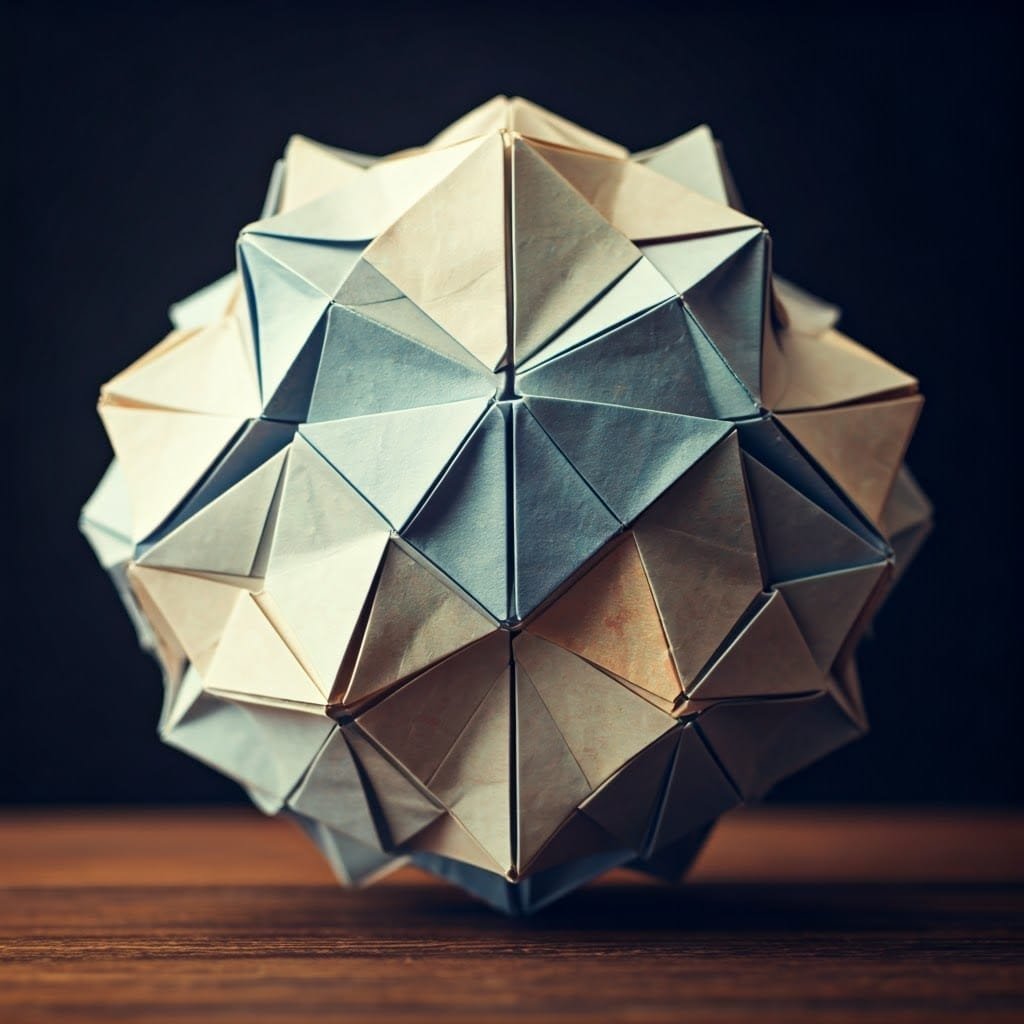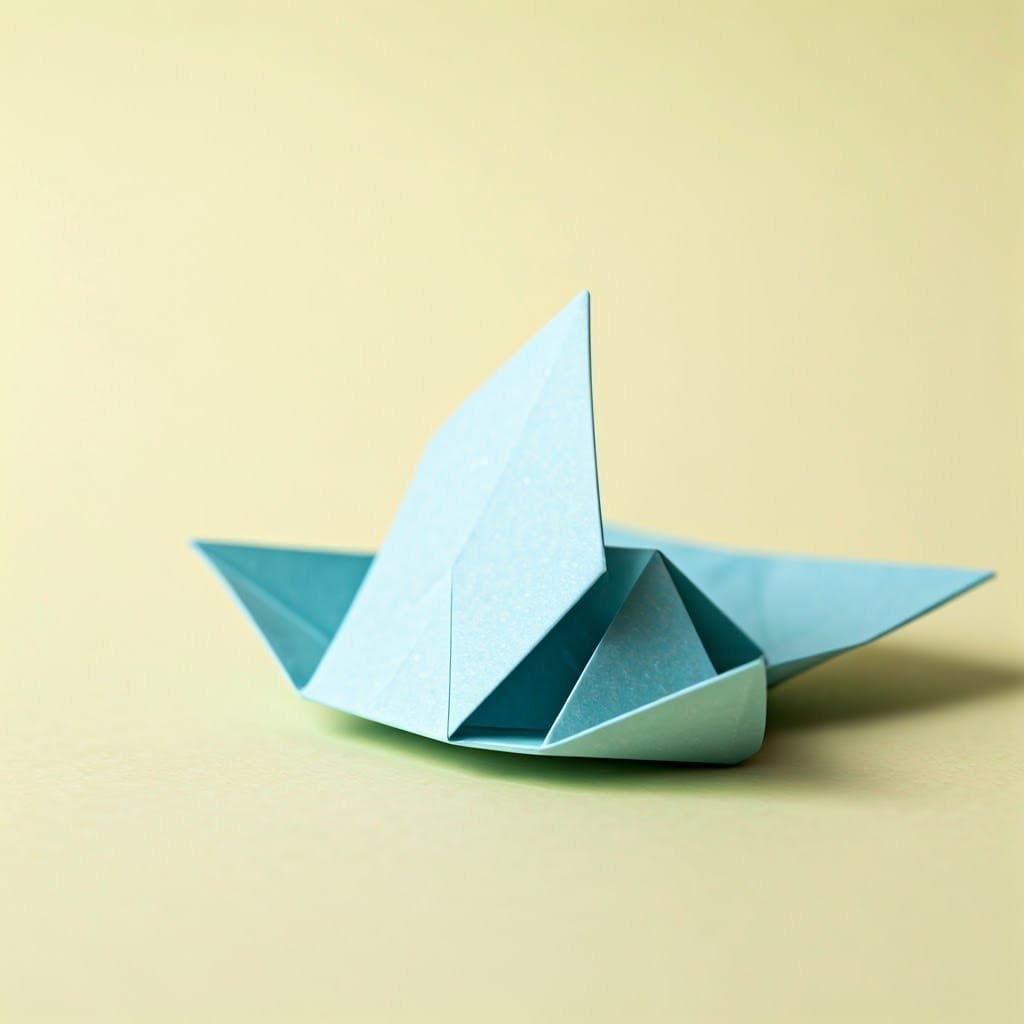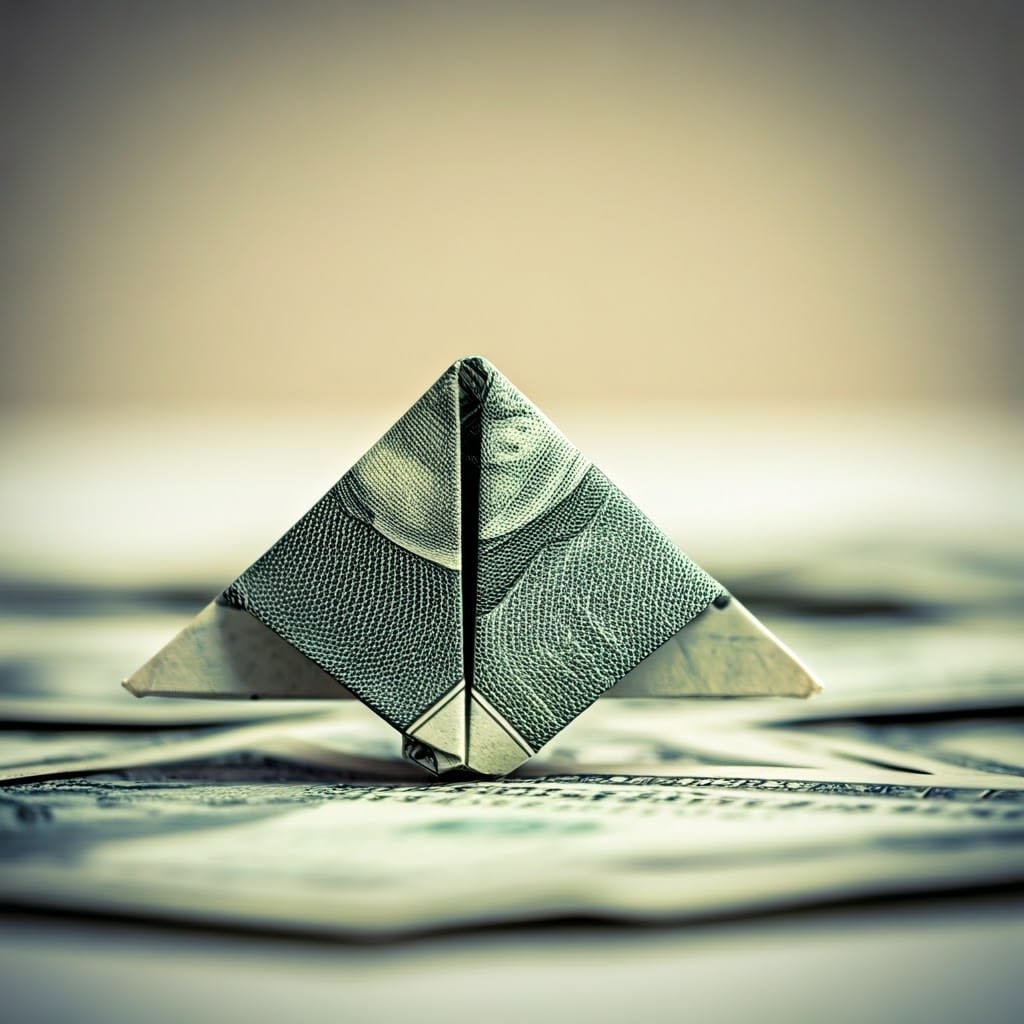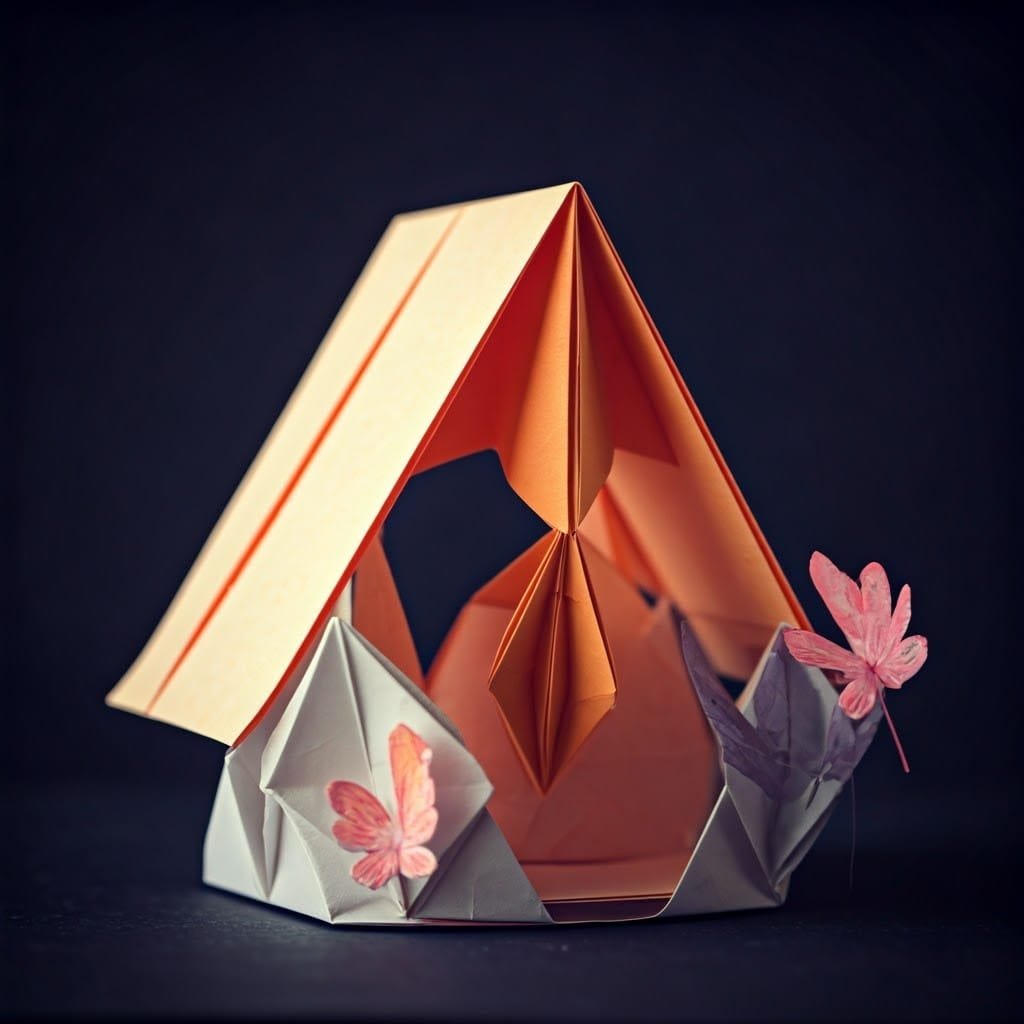Your cart is currently empty!
Stay in Touch!
Get updates about new artwork and upcoming events.
Get updates about new artwork and upcoming events.
—
by
Origami has transcended time, culture, and purpose to become a versatile medium of artistic expression. While many recognize origami through the iconic crane, the scope of this art form stretches far beyond. It bridges disciplines such as geometry, design, and storytelling, reflecting the boundless potential of creativity. In this article, we will delve into the diverse types of origami techniques, their unique characteristics, and how they inspire not only art but innovation in other fields.
At its core, origami is a study in simplicity and complexity. The following main forms capture its essence:
Single sheet origami is the most traditional form of paper folding. It uses one uncut piece of paper to create intricate models. Artists often explore this style for its purity, emphasizing skillful folds and precise techniques. Classic examples include animals, flowers, and other representational designs. The appeal lies in the challenge: how can a single sheet transform into something evocative and lifelike?

Modular origami breaks away from the single sheet approach. This style involves folding multiple identical units that interlock to form a cohesive structure. The results are often geometric and architectural, making it a favorite among those who enjoy exploring symmetry and repetition. From spiky polyhedra to intricate spheres, modular origami combines patience with mathematical precision.
In composite origami, multiple sheets of paper are folded in distinct ways and assembled into one creation. This form allows for immense versatility, blending different shapes, colors, and techniques into a unified design. Artists use composite origami to push creative boundaries, crafting sculptures that feel dynamic and layered.
Beyond the foundational forms, origami has evolved into specialized categories that cater to unique artistic and functional needs. Here are some prominent variations:
Action origami brings life to paper creations through movement. Examples include flapping birds, jumping frogs, and spinning tops. These playful designs captivate audiences of all ages, often requiring clever engineering to create motion from static materials. Action origami showcases how folding can merge art with functionality.
Tessellation origami focuses on repeated patterns and geometric designs. By folding intricate grids, artists create visually striking textures that can be abstract or representational. This style has found applications in architecture and textiles, where its mesmerizing patterns inspire new design possibilities.
A technique that softens paper with water, wet-folding enables smoother curves and more organic forms. This method is particularly popular for creating lifelike sculptures, such as animals and human figures. The softened paper allows folds to hold their shape, resulting in elegant, flowing designs.
Kirigami incorporates cutting alongside folding, expanding the potential for intricate designs. This variation is often used for pop-up cards, architectural models, and other projects that benefit from the added dimension of cuts. While not strictly origami by traditional standards, kirigami’s creative potential makes it a valuable offshoot.
As origami has evolved, artists and scientists alike have explored its potential for innovation. Here are some of the ways origami intersects with advanced creativity:

Abstract origami focuses on artistic expression rather than realism. It emphasizes the beauty of shapes, symmetry, and form, allowing artists to create pieces that challenge conventional ideas of representation. This approach blurs the line between fine art and craft.
Combining origami with mathematics and engineering, technical origami is used in fields such as architecture, product design, and even aerospace. For example, origami-inspired designs have been employed to create foldable solar panels for space exploration. This highly precise form demonstrates how art can solve real-world problems.
Educators have embraced origami as a tool for teaching geometry, physics, and problem-solving. The hands-on nature of paper folding helps students visualize complex concepts, making abstract ideas more accessible.
Origami’s versatility extends to its cultural roots and practical applications, reflecting its importance across various contexts:
Traditional origami includes designs passed down through generations, such as cranes, boats, and frogs. These models often hold cultural significance, symbolizing peace, prosperity, and good fortune. For instance, the crane is a universal emblem of hope and healing in Japanese culture.

This playful variation involves folding currency into creative shapes. Often given as gifts or tips, dollar bill origami adds a whimsical touch to everyday transactions, showcasing the artistry possible with unconventional materials.
From practical items like boxes and envelopes to decorative elements like flowers and stars, origami proves that art can also serve functional purposes. These designs bring beauty into daily life, blending form with utility.
As artists continue to innovate, new techniques emerge that push the boundaries of paper folding:
A subset of modular origami, spiky balls consist of interconnected units forming spherical shapes. These designs often serve as decorative pieces, combining complexity with visual appeal.
Fractal origami creates self-similar patterns that can be infinitely complex. By repeating folds at different scales, artists produce mesmerizing designs that echo natural structures like snowflakes and coral.

Combining different paper types or techniques, composite structures open up endless possibilities for hybrid creations. These works often challenge traditional definitions of origami, inviting new interpretations.
For many artists, including myself, origami represents more than an art form. It’s a means of combining disciplines, from geometry and engineering to storytelling and cultural exploration. My work often incorporates modular designs, reflecting the harmony of geometry and emotion. By blending expressive colors with precise folds, I aim to create pieces that evoke resilience and connection.
Origami’s journey from traditional roots to innovative frontiers is a testament to its enduring appeal. As we continue to fold, cut, and assemble, we uncover new ways to express, inspire, and connect. Let’s celebrate the endless possibilities of this remarkable art form together.